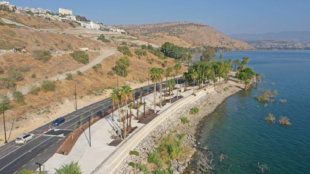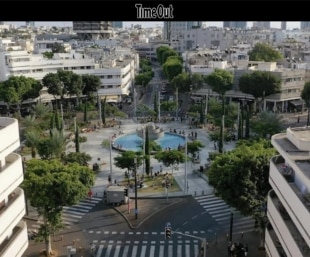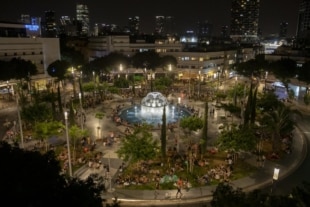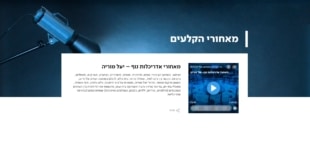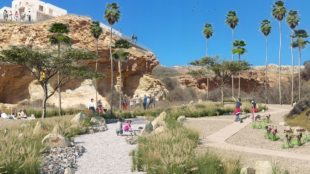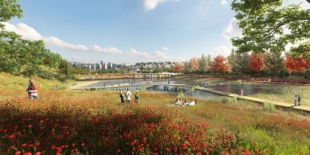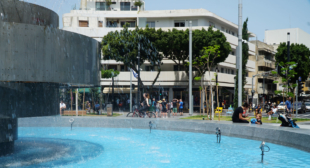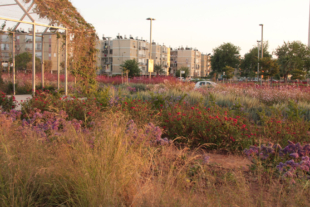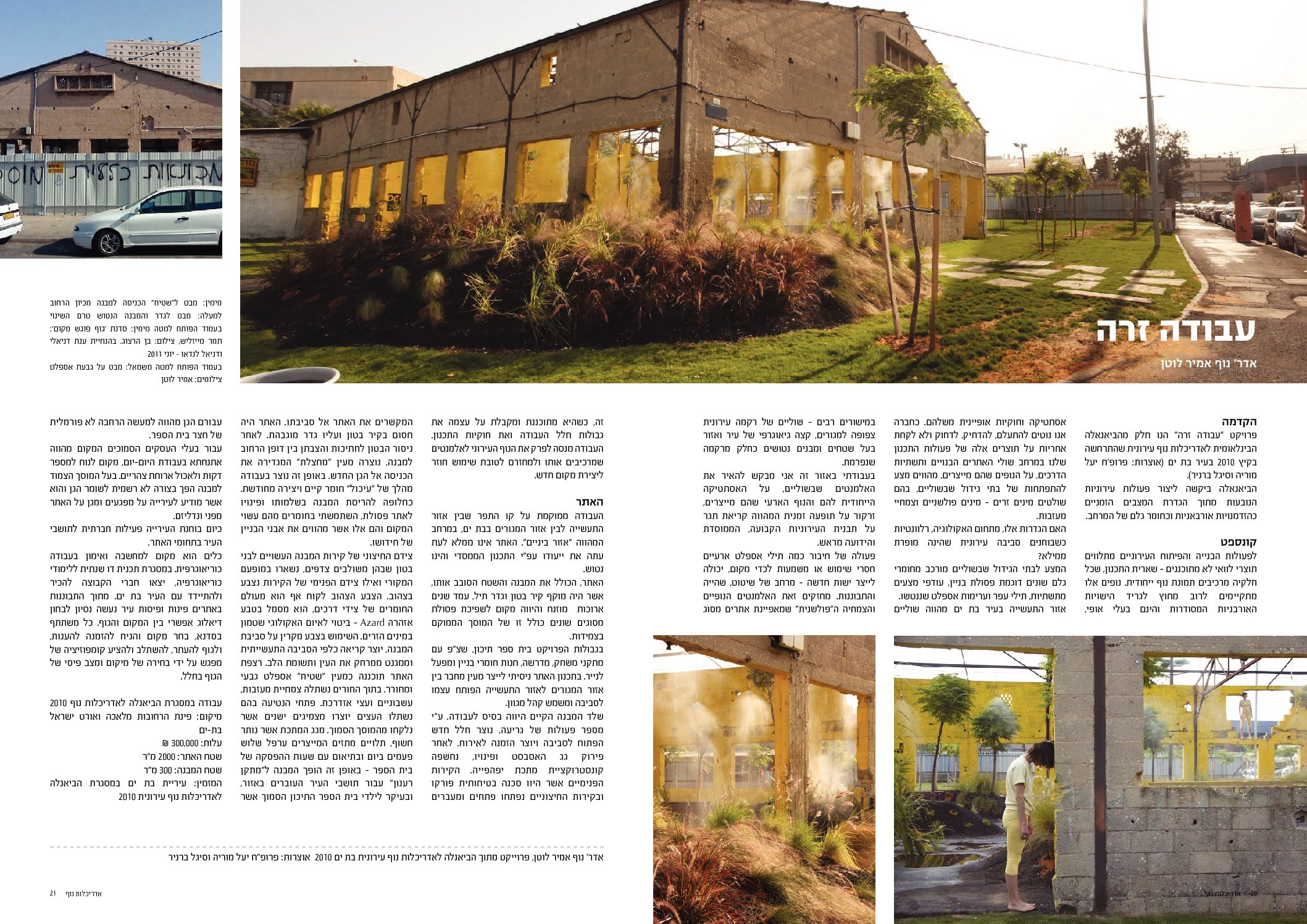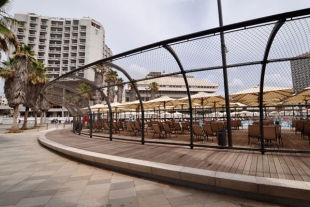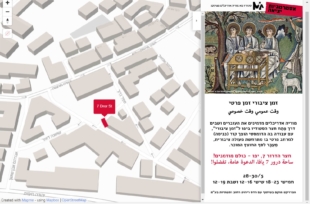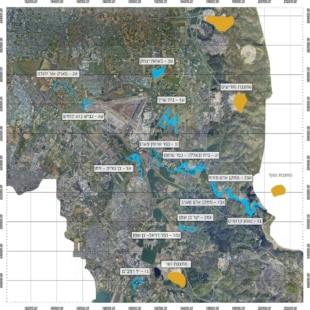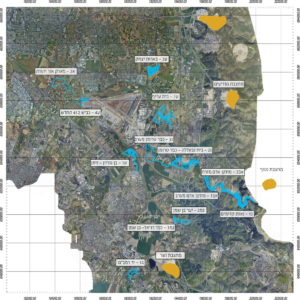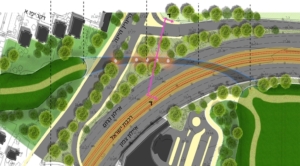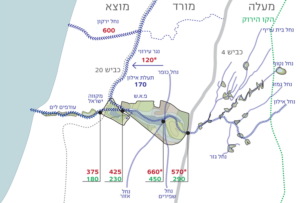Listen to Yael Moria talk about Landscape Architecture and the curation of time and space with Ruthie Keren on her podcast, ‘Behind the Scenes’.
“The street. Public space. Trees. Sidewalks. Flashlights, road signs, roads, parks, benches, squares, the connection between the sea and the city, and even the appearance of a prison, all have a direct impact on our lives, both physically and mentally. Prof. Yael Moriah talks about Dizengoff Square, Zalmon Prison, Ashdod Beach, Bat Yam benches, Gordon Pool and the Old City of Beit She’an, and reveals the dilemmas between opposing needs (secular, ultra-Orthodox, children, dogs, homeless people and mothers) that translate into architectural choices.”
Credits:
‘Behind the Scenes’ Podcast – Interviewer and Editor: Ruthie Keren
Radio Station – Kan Culture
Broadcasting Corporation – Kan
For the listening link, click here.
